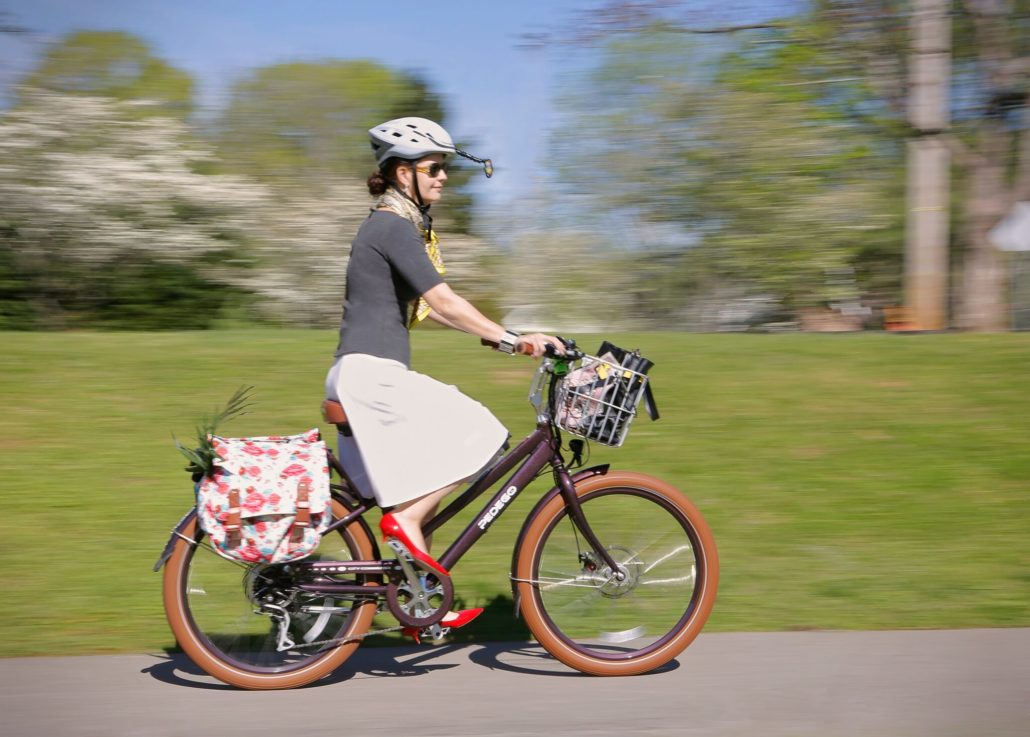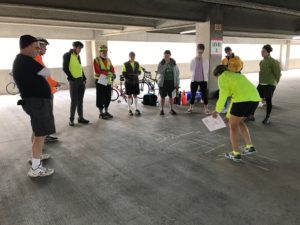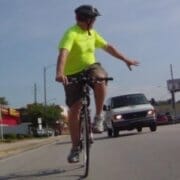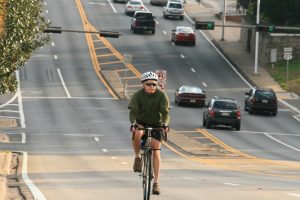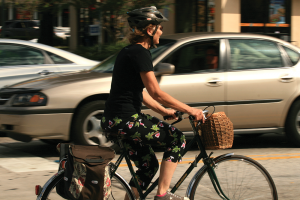Bike Wonk: Ride Like You’re Invisi … Relevant
It was a typical winter morning in Downtown Orlando. Clear, cool and sunny with normal rush hour traffic. Because it was cool, I was wearing my usual neon yellow jacket. I’m not obsessive about “hi-viz” clothes, but if I’m going to wear a jacket, I figure it may as well be a bright one. I’d just turned onto Rosalind Avenue, a one-way three-lane street with short blocks, lots of signalized intersections and a bike lane. I normally use the bike lane.
On this particular morning I made the right turn onto Rosalind at such a time that it held off most of the heavy northbound traffic. I had the street almost entirely to myself. In my helmet-mounted mirror I could see only one vehicle approaching from behind. A woman was driving a van in the right lane with the right turn signal on. We were both coming up to the intersection with Church Street. I could tell that the van would get to the intersection at the same time I would. I’m heading straight. She’s turning right. I tell myself, “This should be interesting.”
Sure enough, as we reached the intersection, she turned right in front of me. Since I was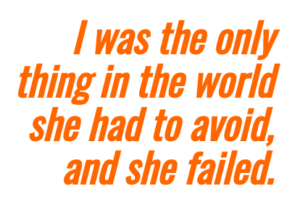 expecting it, it wasn’t a big deal. I tapped my brake and no contact was made, but she missed me by only about a foot. An untrained cyclist might not have had the same outcome.
expecting it, it wasn’t a big deal. I tapped my brake and no contact was made, but she missed me by only about a foot. An untrained cyclist might not have had the same outcome.
The point of this story is not to illustrate the fairly common “right hook” conflict, but why this particular driver did something so obviously stupid. She had no other person or vehicle to pay attention to for the few seconds leading up to our conflict. I was exceptionally conspicuous in my jacket. As it was a one-way street, she had no concern about on-coming left turns. There were no vehicles waiting at the cross street. I was the only thing in the world she had to avoid, and she failed.
I can guess at her thought process. Perhaps she misjudged my speed. Perhaps she assumed I would yield. Or perhaps she was so preoccupied that she was not paying attention to anything outside her lane. Whatever. One thing was clear: Even though I was highly conspicuous, I was not relevant enough for her to make the right decision.
Relevance:
The difference between frustrating routine conflicts and a stress-free ride.
CyclingSavvy co-founder Keri Caffrey shot photos of me at this location to give you a sense of how I would have looked to that driver that morning. The photos show more traffic than was present that day and the bike lane is now painted green. But they should still help you “get the picture.”
I do most of my riding in regular clothing and on streets without bike lanes. Over more than 20 years I’ve never had a right hook conflict (or many close calls of any sort), mostly because I ride in the center of the lane by default. But while wearing a hi-viz jacket and riding in a facility that many think is supposed to “make motorists pay attention” to me, I encountered this conflict. (It’s not the only such conflict I’ve had in bike lanes, just the most noteworthy.)
As cyclists we need to understand the differences between “visible,” “conspicuous,” and “relevant.”
You can be visible and highly conspicuous–and irrelevant, as I was that morning:
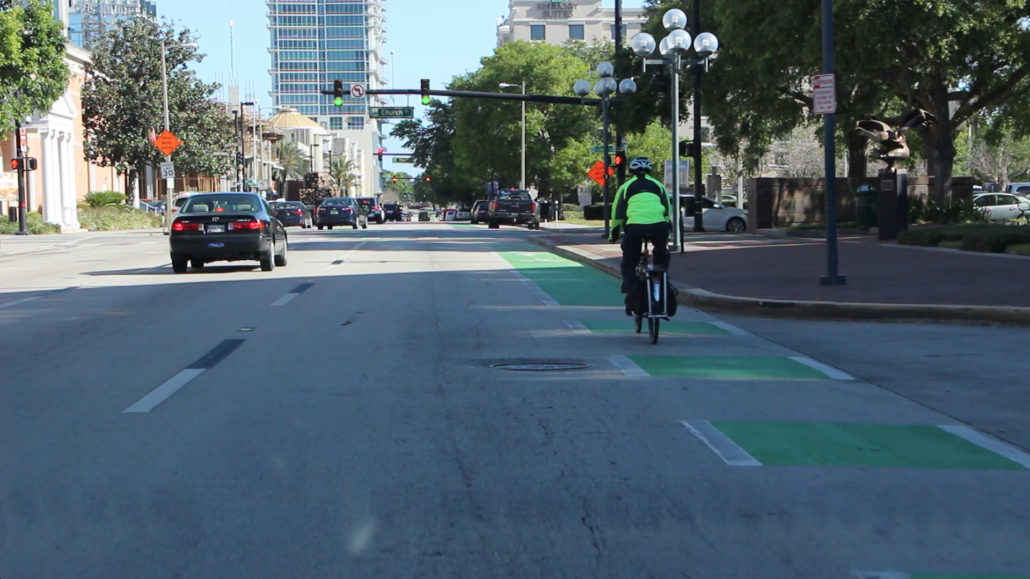
You can be clearly visible, though not highly conspicuous, and yet be very relevant. This photo shows the default position I use on streets without bike lanes:
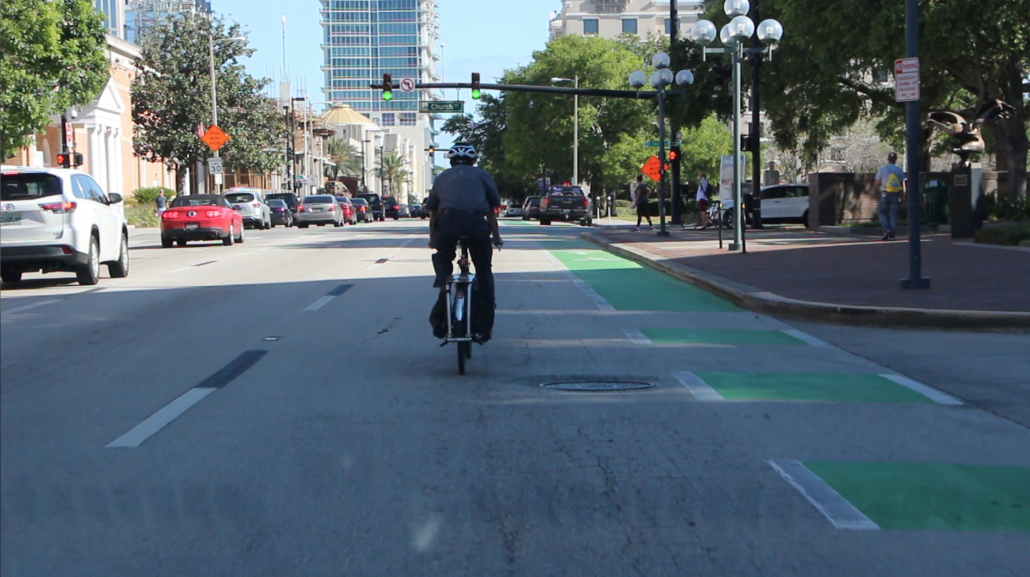
You can dress to be highly conspicuous and yet be completely invisible to a motorist who needs to see you. See how this cyclist in hi-viz is invisible to the driver about to turn left?
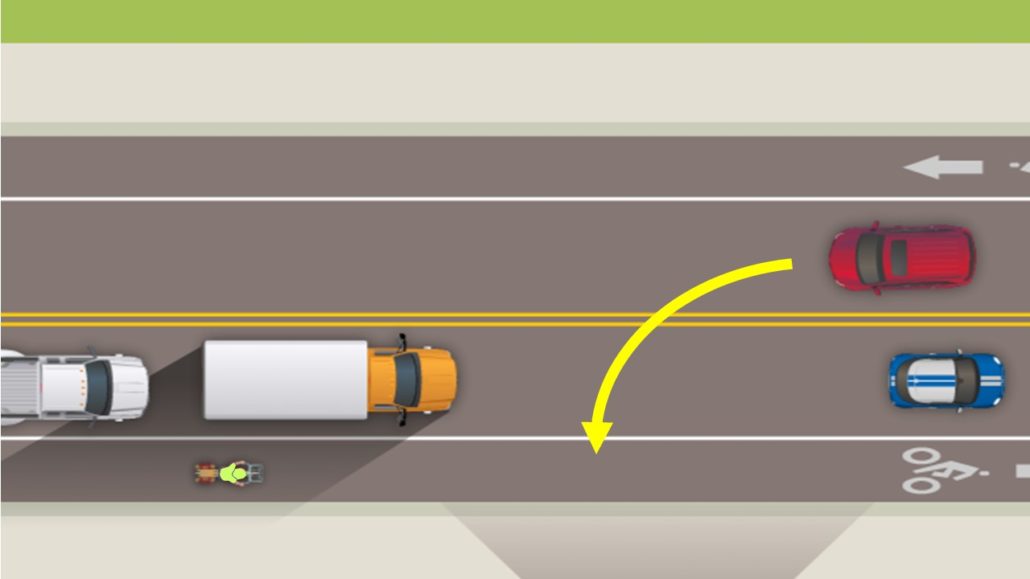
Or you can be visible, conspicuous, and relevant:

Most cycling safety proponents (and sellers of gizmos) will tell you all about how to be more visible and conspicuous. We hear from lots of cyclists who say they are “doing everything right” and being as conspicuous as possible. Yet they also complain about having too many close calls.
If you’re having close calls, check out the relevance component. CyclingSavvy shows you strategies that will make you as relevant as possible.
You have the power to banish frustrating routine conflicts and enjoy a safer, nearly stress-free cycling experience.
Relevance makes all the difference.
(In a future post I’ll discuss where and when it’s most important and useful to improve your conspicuity, in addition to being visible and relevant.)






 before proceeding into the intersection. Given the speed of other traffic and sight lines, I felt like I could never look enough to be completely satisfied.
before proceeding into the intersection. Given the speed of other traffic and sight lines, I felt like I could never look enough to be completely satisfied.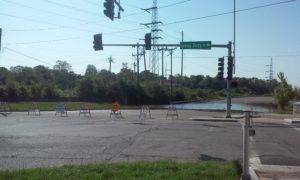
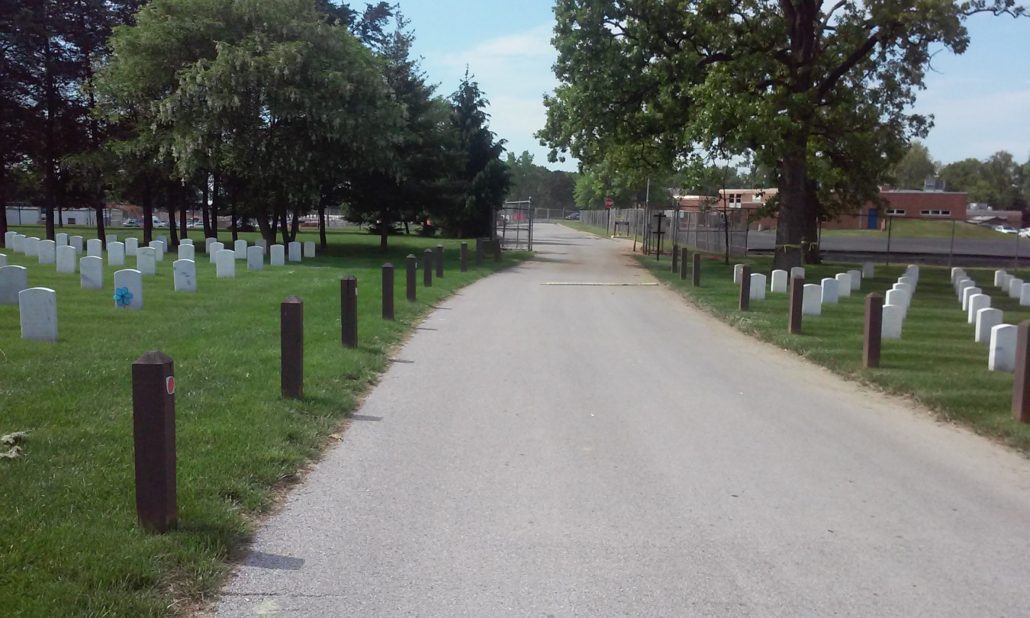
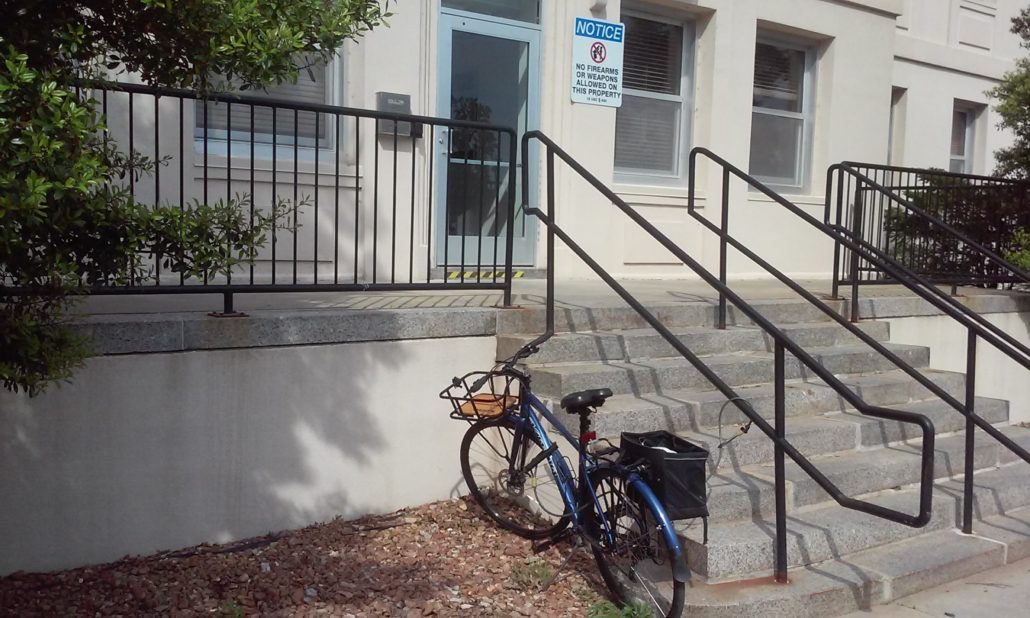


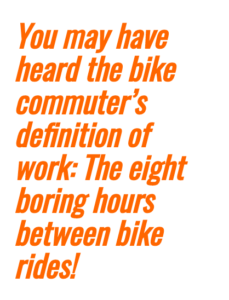



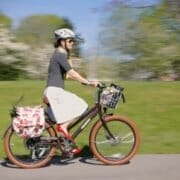


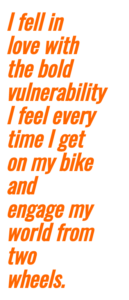 Tennesseans: You may not believe me, but Nashville drivers are wonderful!
Tennesseans: You may not believe me, but Nashville drivers are wonderful! 